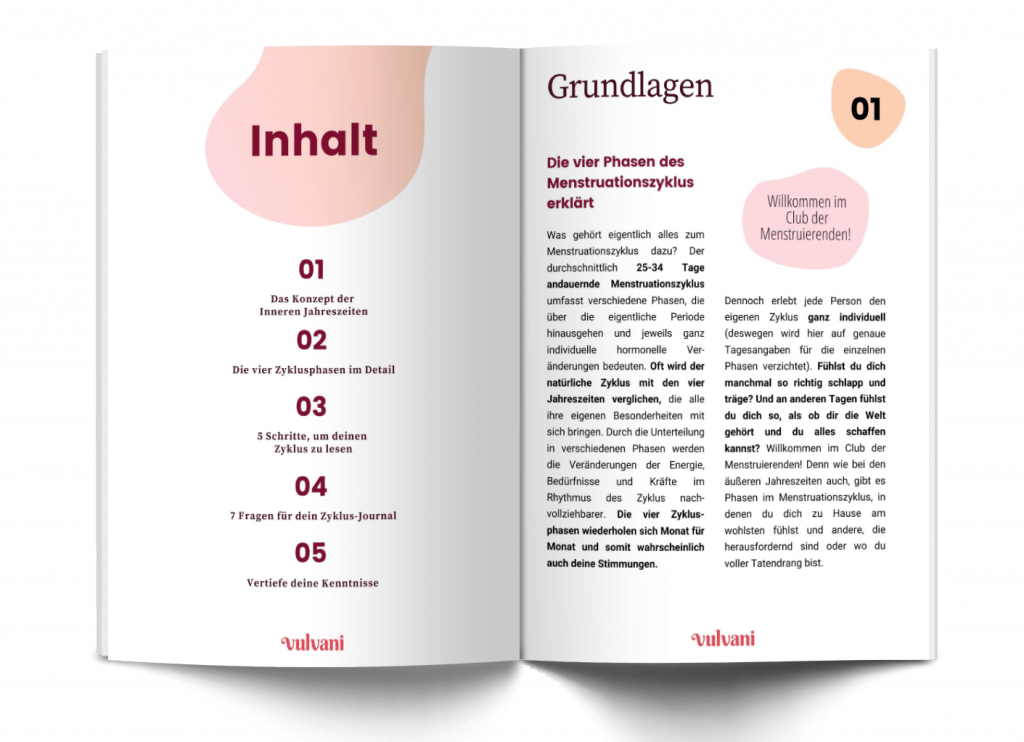
Discovering your menstruation as a spiritual practice
Yasmine understands her menstruation as a spiritual practice and shares in this interview how she is connecting more with her own body through cycle awareness.
If the title also makes you wonder what endometriosis actually is and you don’t have a good answer, then you are not alone. Endometriosis is a rather unknown disease, but the ‘Endo-March’ is supposed to change that. Here you can find our first article about endometriosis, including an explanation and definition of the disease. In this second article we will provide you with further information about endometriosis and answer the six most important questions.
Endometriosis affects 1 in 10 menstruating persons. The age spectrum of people suffering from endometriosis is broad. Menstruating people are mainly only affected in their fertile age, meaning from the first period up to menopause.
Unfortunately, the causes for the development of endometriosis have not really been researched and are therefore unclear. This is to be changed by means of a petition in Germany. So far, the only certainty is that endometriosis is benign (not cancer). The theories for the development of the disease range from hormonal disorders to malfunctions of the immune system and genetic predisposition. Another attempt at explanation sees the cause of endometriosis in the muscle movement of the uterus, which causes tears and the uterine lining to be able to move outwards.
The symptoms of endometriosis are as varied and diverse as the people affected themselves: from no symptoms at all to pain that is unbearable. About 65 percent of those affected experience symptoms. Depending on where the endometriosis spreads outside the uterus, the symptoms can be localised there as well. The following complaints can be an indication of endometriosis, for example:
Endometriosis rarely comes alone. It is often accompanied by other diseases. In addition to the physical complaints, endometriosis often has emotional consequences as well. It also has an influence on the general health and quality of life of the person affected. In general, the frequent and very painful complaints lead to exhaustion.
The road to a diagnosis is long and not really easy. It often takes several years before endometriosis is diagnosed. Often false diagnoses are initially made. The reasons for this are manifold. Those affected are often not taken seriously and the complaints are simply dismissed as severe menstrual pain. The symptoms alone rarely lead to a diagnosis. Only by examining tissue samples can a clear diagnosis be made. The earlier endometriosis is diagnosed and correctly treated, the better the chances of counteracting the often painful course of the disease.
Unfortunately, endometriosis is a permanent, chronic disease and so far cannot be cured by therapy. Due to a lack of research and studies, it is unclear to what extent the spread of endometriosis can be contained or reversed. It is also not possible to predict the course of the disease, although it is divided into four stages. Often the severe pain does not disappear until menopause, the last period in the life of a menstruating person. However, there are different approaches to how endometriosis is attempted to be treated. The selected methods depend strongly on the individual complaints. A combination of different treatment options, such as gynaecology, pain therapy, psychology and holistic medicine as well as alternative medicine can be useful.
The aim is always to reduce or even prevent the growth of the endometriosis and to relieve pain. Treatments often have to be repeated because the endometriosis lesions return. Particularly in the case of chronic diseases, it is very important to know one’s own body very well. This is the only way to find ways to relieve the symptoms.
The good news first: Yes, many people have children despite having endometriosis! However, depending on the stage at which endometriosis is diagnosed, some people are already infertile at the time of being diagnosed. Others only become infertile after diagnosis as the disease progresses. For about 30 to 50 percent of people with endometriosis, pregnancy unfortunately represents a major obstacle.
If you would like to learn more about the condition and read about endometriosis and the individual stories of people affected by it, I recommend the ‘Faces of endometriosis’ series on Lea’s blog about endometriosis.



Yasmine understands her menstruation as a spiritual practice and shares in this interview how she is connecting more with her own body through cycle awareness.

What options are there for male birth control? Ailsa delivers an overview of what is available now, and what may come in the future.

Sustainable underwear? The founders of TUKEA talk about fair labour conditions, body diversity and body literacy.
…and empower countless women to make empowered choices about their bodies!

